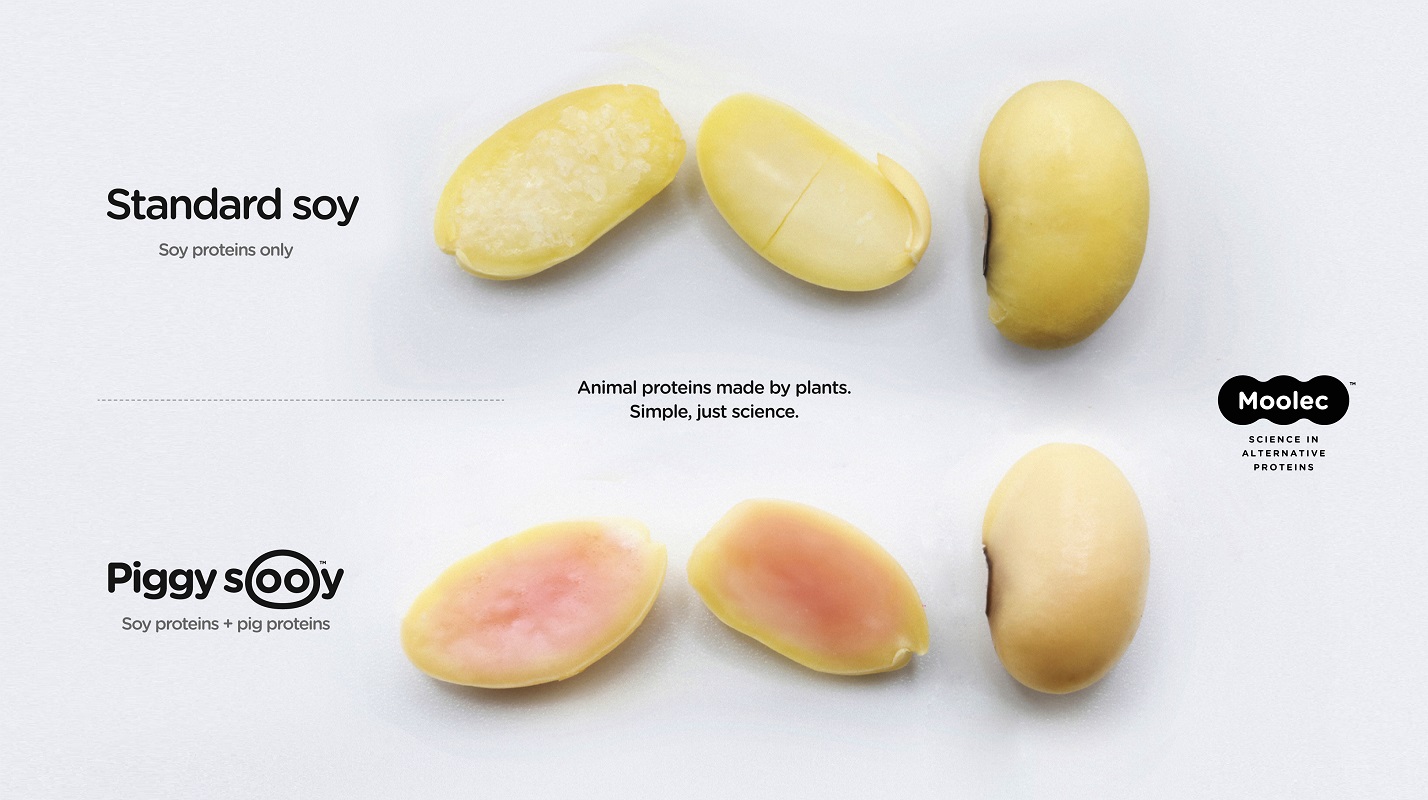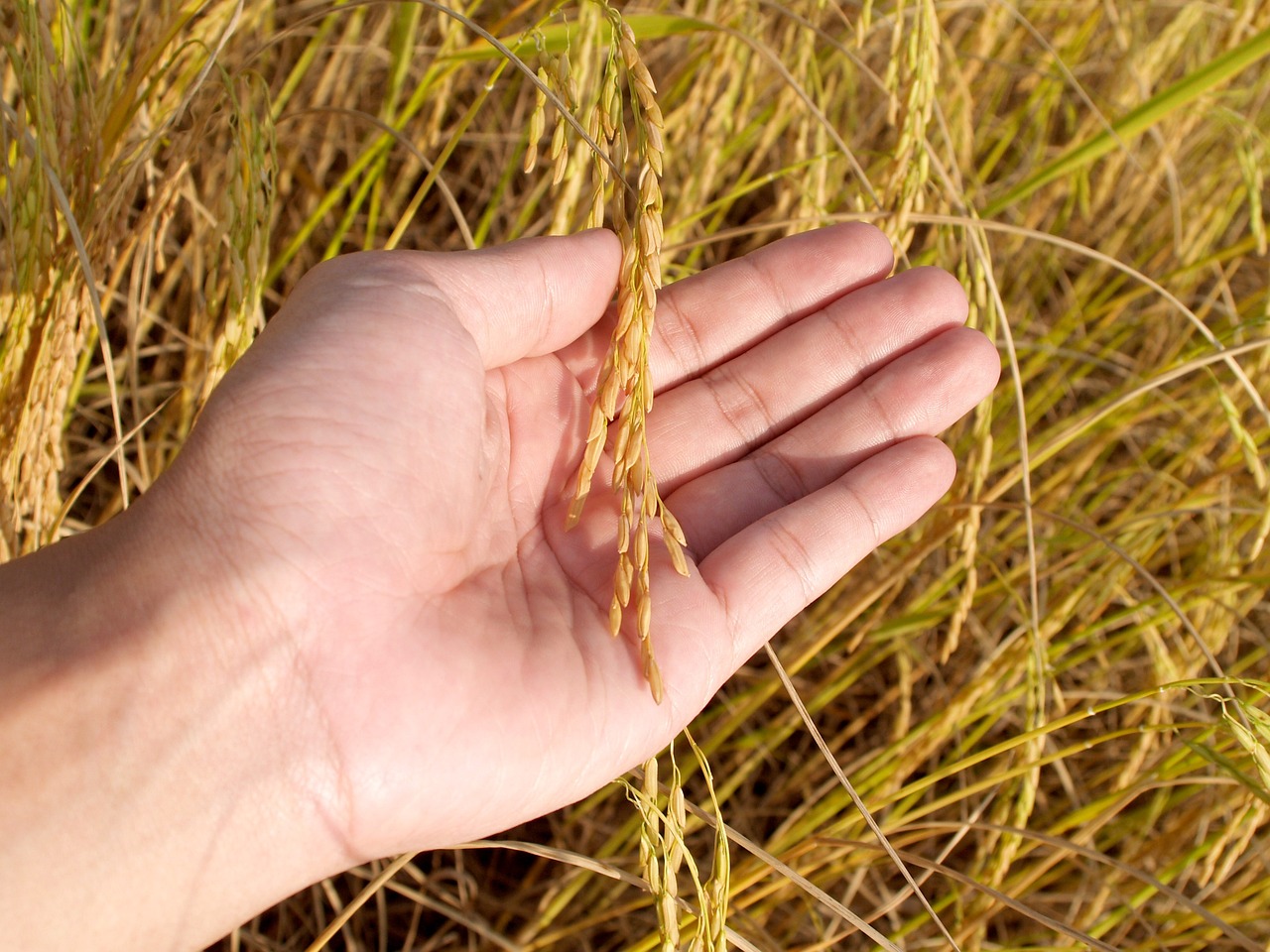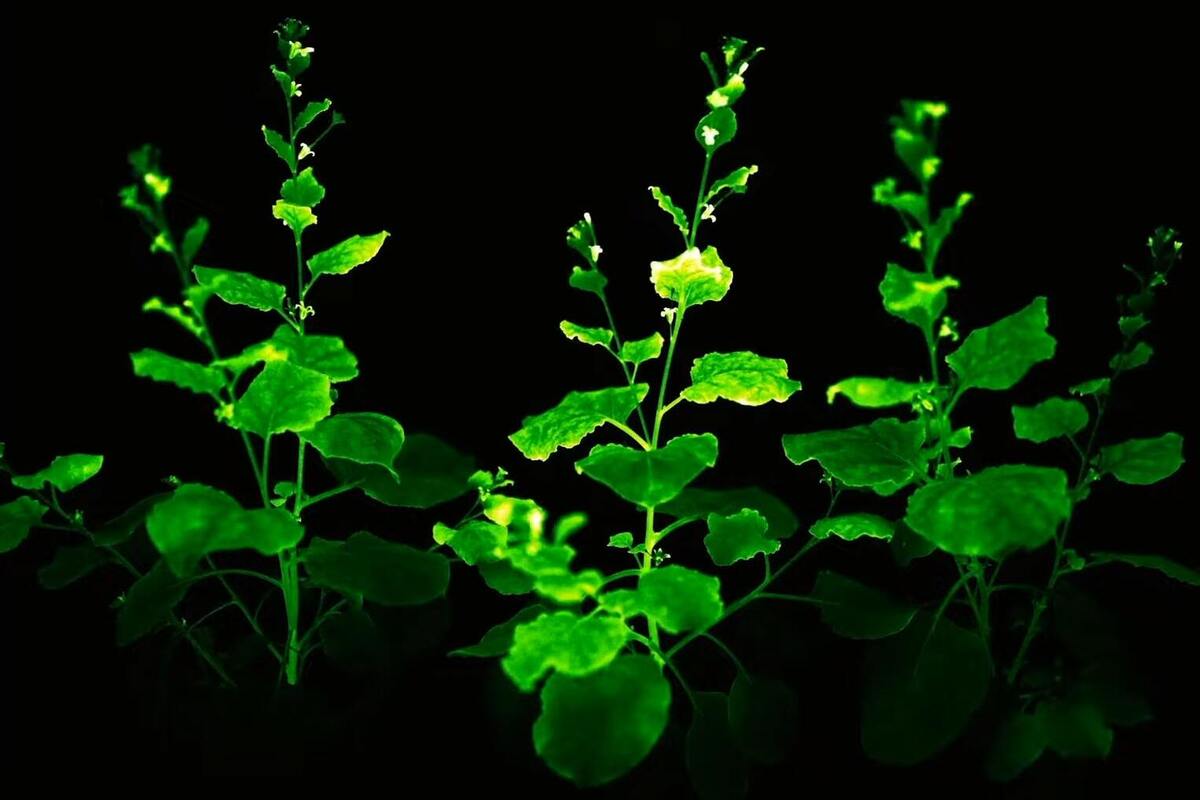Biotech Breakthroughs: New Products of Biotechnology for Consumers
| |
The first generation of biotech crops was developed for farmers, addressing their pressing needs, such as increased yield, insect resistance, and herbicide tolerance. After almost three decades of providing solutions to farmers’ concerns, biotech experts are now releasing and developing a new set of products with amazing benefits tailored to consumers. This article highlights the latest breakthroughs in biotechnology, focusing on consumers’ needs. From purple tomatoes to glowing petunias, these exciting products open doors for more people to avail of the benefits of biotechnology and influence the acceptance of biotech at large.
Purple Tomatoes
If you’ve watched Live to 100: Secrets to Blue Zones on Netflix, you are already convinced about the nutritional benefits of purple sweet potatoes that provide longevity to Okinawan centenarians. Purple fruits and root crops are known to be nutritional powerhouses because of their rich antioxidant content.

Experts from Norfolk Healthy Produce borrowed two genes from Snapdragon and used them to boost the anthocyanin content of tomatoes, turning them purple inside and out. The developers have received the go signal from US agencies that regulate biotech products. Thus, consumers can now avail of seeds online and start growing purple tomatoes in their home gardens.
Piggy Sooy
Experts from a UK-based food ingredient company known as Moolec used a novel molecular farming technique to produce soybeans with high levels of pork protein. Dubbed Piggy Sooy, its soluble protein content has 26.6% of animal protein. This increased level of meat proteins is evident with the pinkish color in the seed, resembling pork meat. The company is also developing pea plants with beef proteins. These meat substitutes accomplish the goal of delivering ingredients that are healthier and more meat-like.

Beef Rice
In a breakthrough from Yonsei University, scientists developed "cultured beef rice" by incorporating animal muscle and fat cells within rice grains. Their study, published in Matter, shows this unique food has 8% more protein and 7% more fat than regular rice.

The researchers believe this cultured beef rice could offer significant environmental benefits with a lower carbon footprint and potential cost-effectiveness upon commercialization. Study lead author Sohyeon Park envisions a future where this "grain-based hybrid food" serves various purposes, including famine relief, military rations, and even space exploration provisions.
Rice from the Ocean
Rice, a staple food for over half the world's population, suffers from its sensitivity to soil salinity. Factors like seawater intrusion and fertilizer overuse can worsen this issue. To combat this, Alora utilized a gene editing technique to activate genes making rice salt tolerant. This innovation could revolutionize agriculture by allowing rice to thrive in the ocean, potentially reducing water consumption and emissions.

Currently undergoing trials, Alora researchers closely monitor data to assess the crop's performance. This groundbreaking rice variety could significantly contribute to global food security while promoting environmental sustainability.
Glowing Petunias
Plant lovers in the US can now add a glowing herbage to their collection—the genetically engineered Firefly Petunia. This bioluminescent plant emits a faint green light, adding a touch of glow to spaces. The US Department of Agriculture Animal and Plant Health Inspection Service (APHIS) deems it safe, posing no greater risk than other cultivated petunias. Light Bio, the company behind these glowing marvels, recently announced brighter bioluminescence. Their co-founder, Karen Sarkisyan, emphasizes proper care, stating, "A healthy petunia, treated well with sunlight, will glow brighter."

Beyond aesthetics, this technology holds exciting research potential. Plant biologist Diego Orzáez from Spain uses the Firefly Petunia's underlying mechanism, the luciferase system, in his research. He envisions plants acting as biosensors, glowing in response to stress or infections, allowing farmers to receive early warnings through nighttime drone or satellite monitoring. The future, it seems, could see crops illuminating potential problems, paving the way for a more informed and responsive agricultural sector.
For more exciting breakthroughs in biosciences, subscribe to Biotech Updates now.
For further reading:
GE Purple Tomato Seeds Now Available to Home Gardeners in the USScientists Grow Meat Inside Rice Grains
Soybean Seeds Produce Meat Protein
Gene-edited Rice May Grow in the Ocean
Bioluminescent Petunias to Enter US Market for the First Time
| Newer Post | Archive | Older Post |
Science Speaks is ISAAA Inc.'s official blog. Weekly blog articles, authored by ISAAA writers, partners, and invited contributors, aim to help share, disseminate, and promote scientific knowledge and its vital role in achieving global agricultural sustainability and development. Your support to Science Speaks will help us achieve this goal. You can help us by donating as little as $10.

